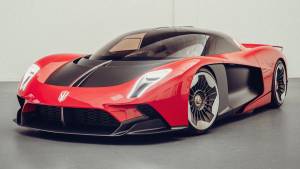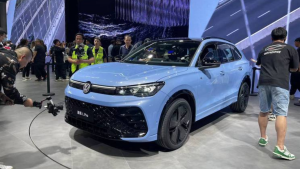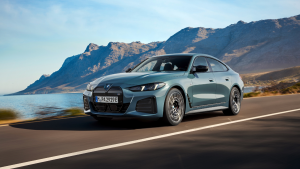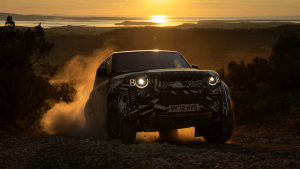Design journeys: Walter de Silva
Walter de Silva. A name that's as familiar, as revered, and as influential as the other big guns in car design. But, perhaps for cars that don't quite tug at the heart strings in the same way as a Ferrari, or a Lamborghini does. You see, the Italian, in his over two-decade long tenure at the VW Group, first as head of design at SEAT, then Audi, before finally becoming the design high overseer for the entire group, has either penned or been instrumental in the design of the cars that you're bound to see far more often than an exotic, apart from the man's own quiet demeanour showing through in his designs. The VWs, and the Audis that don't quite snap heads around to get a glimpse, but elicit a quiet appreciation that makes you go, "Hmm, what a great looking car!"
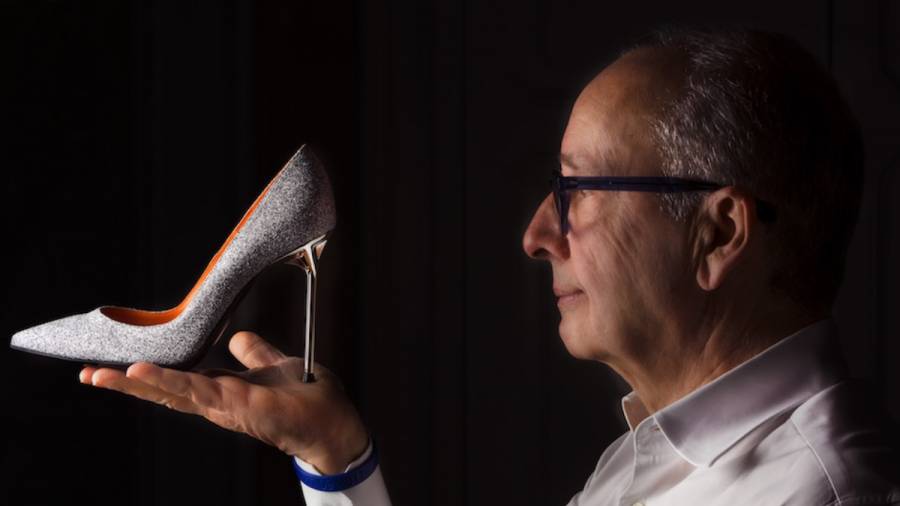
In fact, with a portfolio that spans the likes of early Alfa Romeos like the 156 and 147, to the Mk5 VW Polo, Mk6/7 Golf, Up!, new Beetle, Audi A5, R8, Q7 and more, de Silva's designs are perhaps some of the most prolific, with especially strong, recognisable grilles across the brands' cars being a strong point. Yet, after 15-years as the head of design for the ENTIRE VW Group, having also dabbled in industrial design, with the Leica M9 Titanium camera, and the Luft armchair to his credit, de Silva stepped down to pursue an unrealised passion - designing women's stilettos! How did he get there? Buckle in for the ride.
The early years
Born in Lecco, near Milan, it seemed Walter de Silva was destined for automobile design, with a love for cars, and a talent for sketching right from an early age. Fascinated by American cars of the 60s, specifically Cadillacs, his first ever car - a Fiat 500, couldn't have been further from the land barges that first caught his eye. Still, a year into its ownership (and with a degree in automotive design from the Royal College of Art in London), de Silva's father, a top exec with Fiat's marketing department, found him a position as a junior stylist at the Fiat Style Centre in Turin.
From there, he cut his teeth at an Italian industrial design studio, the Studio R Bonetto, before a near-decade long stint at the IDEA (Institute of Design and Architecture) at Turin where he was asked to head the design department. Notably, IDEA, founded by Franco Mantegazza, followed an engineering-first methodology of design that found favour with Fiat, before becoming a sort of ideation hotbed for the auto major, with frequent visits from the likes of Rudolf Hruska, Alfasud founder and former Porsche engineer, and Ercole Espada, former Zagato designer.
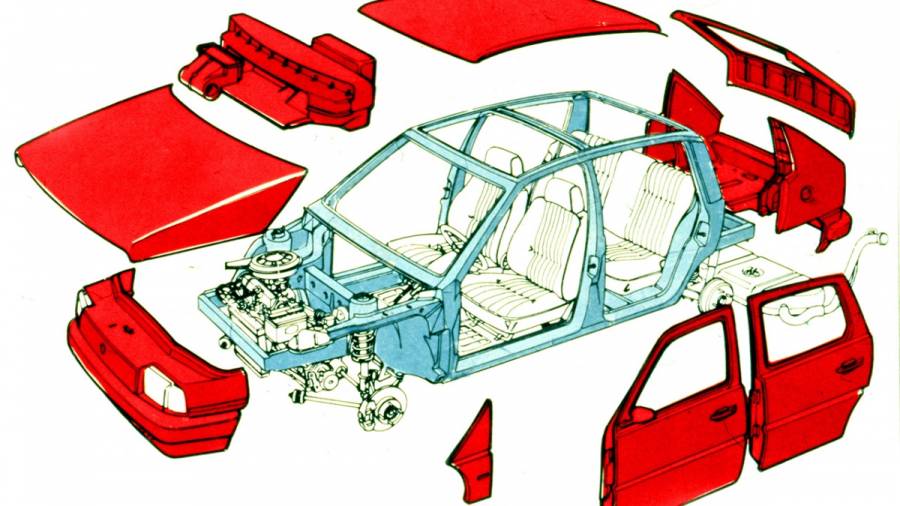
The first major breakthrough under de Silva was the FIAT V.S.S, the Vettura Sperimentale Sonosyteme, an engineering concept that pioneered the concept of exterior body panels, or skins, bolted or bonded to an underlying skeleton. From there, de Silva spent a short time with another design studio, before being asked by Hruska to head Alfa Romeo's Centro Stile design studio in Milan.
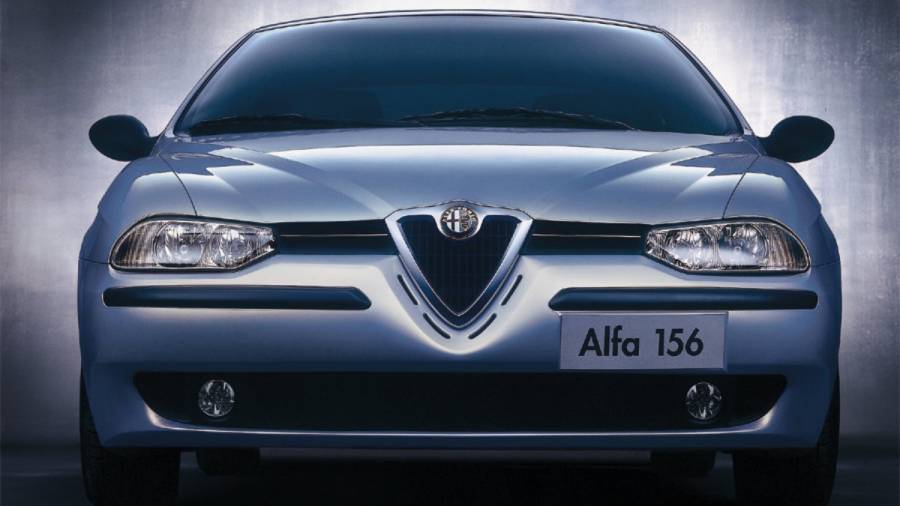
It's here that de Silva came into his own, so to speak, penning 1991's Alfa Proteo coupe concept, and overseeing the Nuvola concept, envisaged with a modular space frame chassis that could then be sent any coach builder to base a body on. That didn't happen, but the concepts paved the way for the beautiful156 sedan that debuted in 1996, and was one of the first five-door sedans to adopt a coupe-like approach to the roofline, with hidden rear door handles adding to the flavour. It was suitably forward looking, whilst paying tribute to Alfa's past, with the deep inset V-grille or Alfa scudetto, and the offset number plate holder on the front bumper.
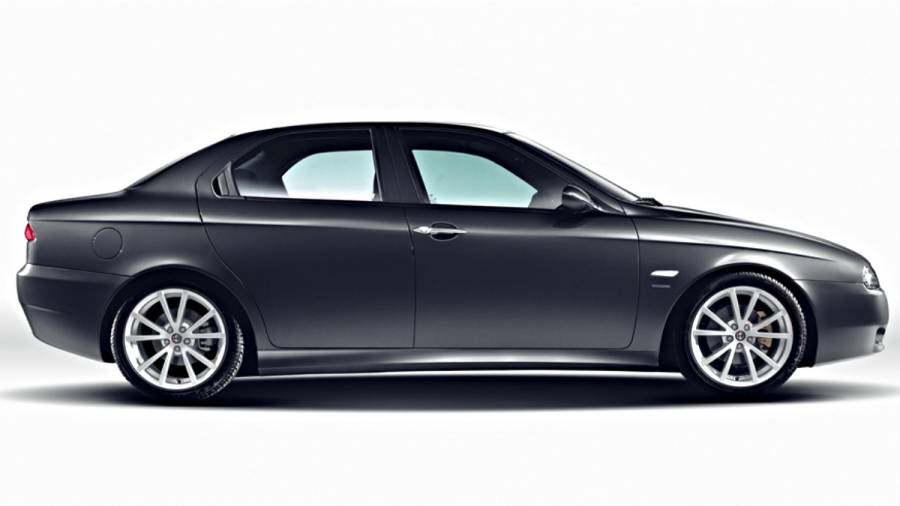
The low nose, high tail proportions, with clean side profiles interrupted only by a strong shoulder line are de Silva traits that we now know to be classic, having been reinterpreted in his later designs at the VW Group. The smaller 147 hatch followed, as did the 166 sedan, both with great attention to detail.
The SEAT years
It's no secret that the VW Group were eyeing the Alfa Romeo brand for a while, hoping to snatch it out from under Fiat's watch - Italian styling, German engineering it would've been a match for the ages. But with Fiat having taken over the marque only in 1986, the VW Group had to make do with Plan B, and purchase SEAT instead. It's said in 1999 Ferdinand Piech, the then-CEO, himself hired de Silva to head design of the Group's SEAT brand, in a bid to compete with Alfa.
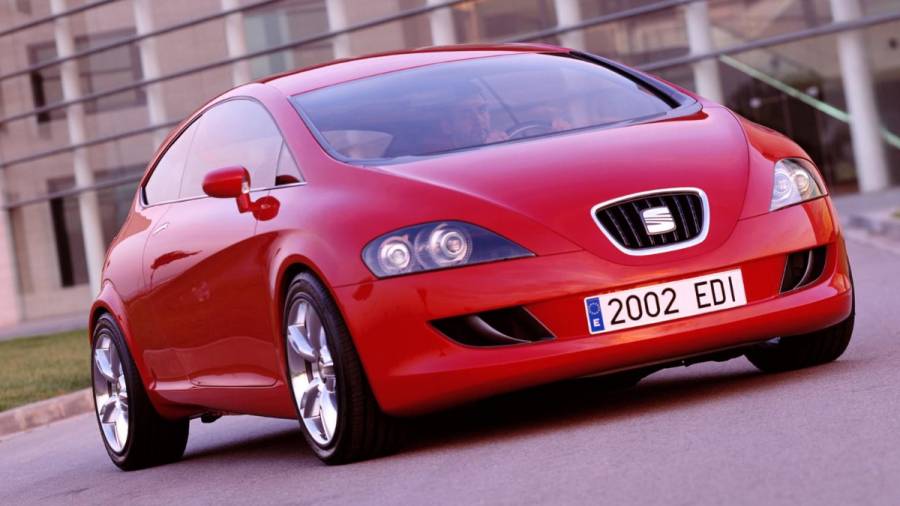
What followed was a complete design insurrection, starting with the Salsa concept. The moustache grille, the teardrop headlights, the signature fender line flowing into the doors - de Silva had created a set of design guidelines for SEAT, seen in the future cars like the Altea, Ibiza and Leon.
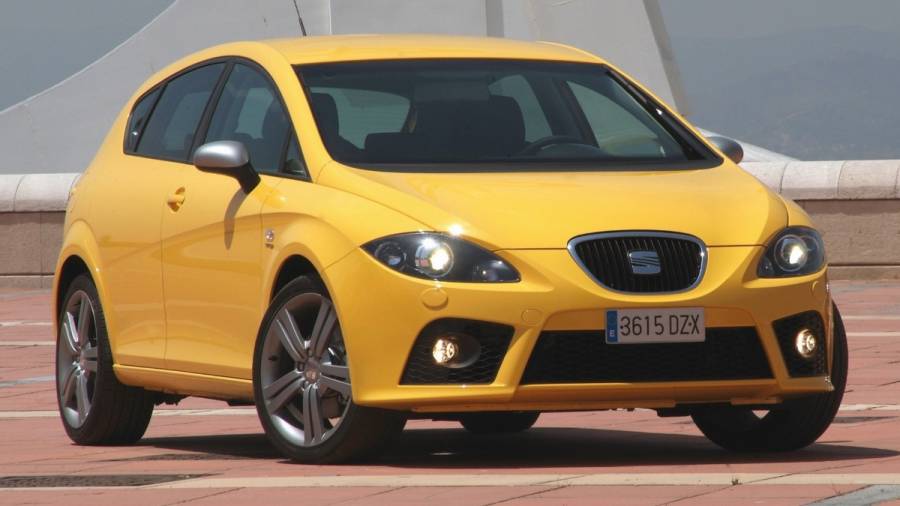
From the somewhat nondescript SEATs of the '90s, (some of which were admittedly good looking), the brand had firmly moved into avantgarde territory. In fact, one of de Silva's favourite cars was the Citroen DS, for how futuristic it looked, almost like a bridge between reality and the future of cars, and we can't help but see the connection. It's not well known, but de Silva even threw a pitch in for the new Bugatti as part of a design competition, under VW's ownership. Instead, Josef Kaban's design was picked and the rest is history. Though, de Silva's Cupra GT concept was ahead of its time, and would still make for a stunning sports car if they put it into production even now.
The Audi Group
In 2002, de Silva was called in to head design for the Audi Group (Audi, Lamborghini, SEAT), for the same reasons he was called to SEAT in the first place. He went on to set the grounds for a new Audi direction, with the large single frame grille, now an Audi trademark, attributed to his penmanship. A long, long string of hits followed, starting with the Nuvolari concept, onto the A6, A8, A4, Q7, TT, A5, and R8 production models. The new for 2005 A6, for example, provided a massive departure from the past, with the new single frame grille and subtle reworking of the lines. The grille, though single in name, was actually just a chrome outline, encompassing the actuall grille, painted over bumper, and venting at the bottom.
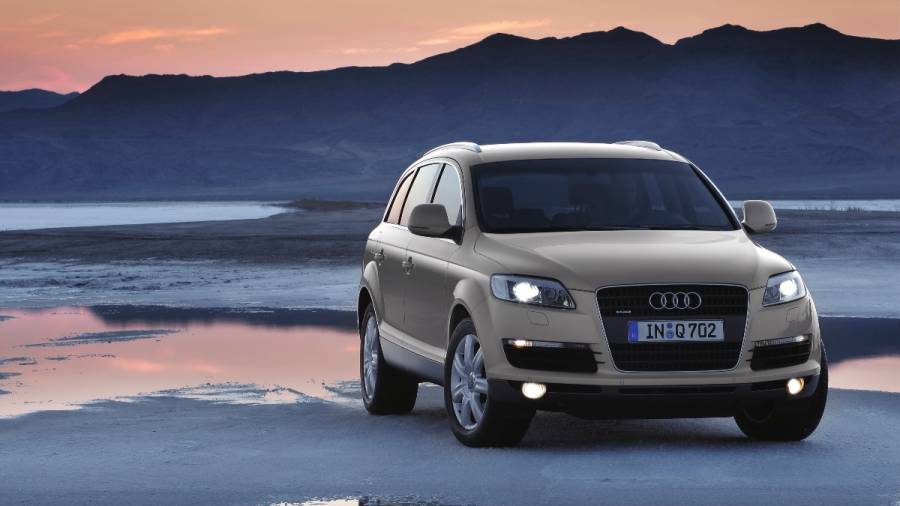
It's said de Silva liked to define a car with just a couple of lines, or a maximum of three. The prominent shoulder line, for one, and the upward angled line flowing from the bottom of the door to the bumper, added a lot more character than expected. Of all the definitive designs of his time at Audi, de Silva is most proud of the A5 coupe.
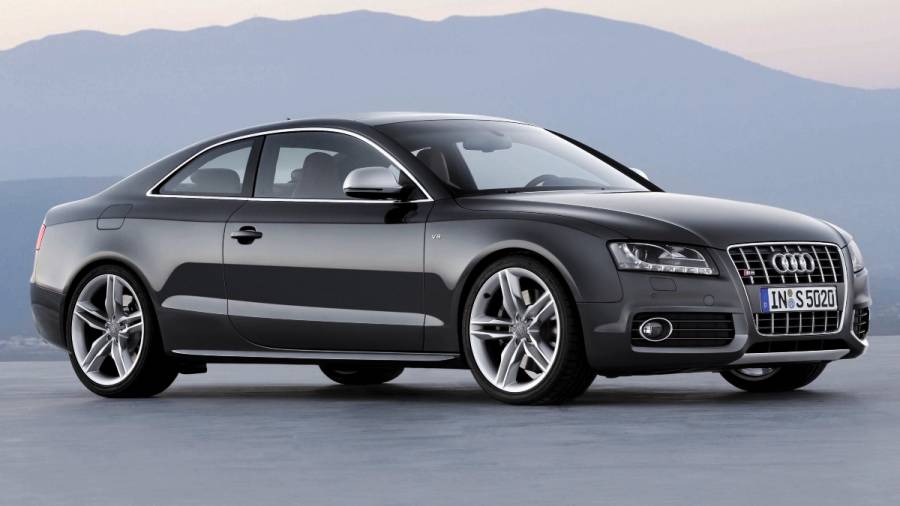
Even over the R8. And looking at the proportions of the new S5 in 2020, you can still trace the lineage back to that car, with its long transition from the shoulder line to the short rear deck. However, the fact that the Audi design philosophy was taken so seriously did mean that most models did start to look like one another, proving to be one of the first proponents of the 'Russian doll' school of design that's since taken over automobile design.
The VW Group
All those principles of simplicity were put to great effect with de Silva at the helm of design for the VW Group in 2007, and the 12 brands that came under his gambit. Of utmost importance to de Silva was creating an instantly recognisable identity, through the grille design, but while preserving the aesthetic values of the brand. Which in VW's case, was elegance. So, under de Silva, new VWs lost some of the glitz and arguably chintzy additions made over the years (chrome being the main culprit of pre-de Silva VWs), leaving that side of the market wholly to Audi, focussing instead of clean, 'honest' designs. From this upheaval, first came the fifth-gen VW Polo, which is still soldiering on here in India, showing just how far a simple, classic design can go. Models like the Touareg, Tiguan, Up!, Golf Mk 6 and subsequent Mk 7 are attributed to de Silva, and even if he didn't have a direct hand in other VWs, you can see the influence.
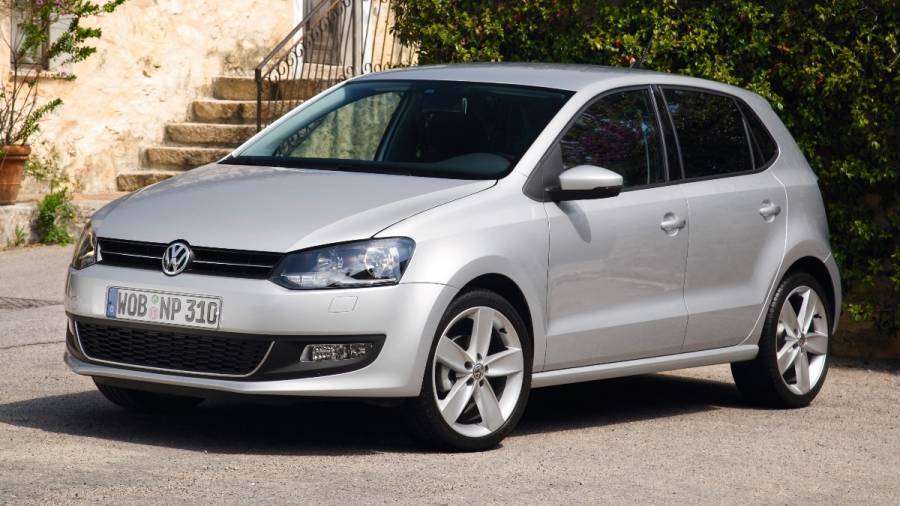
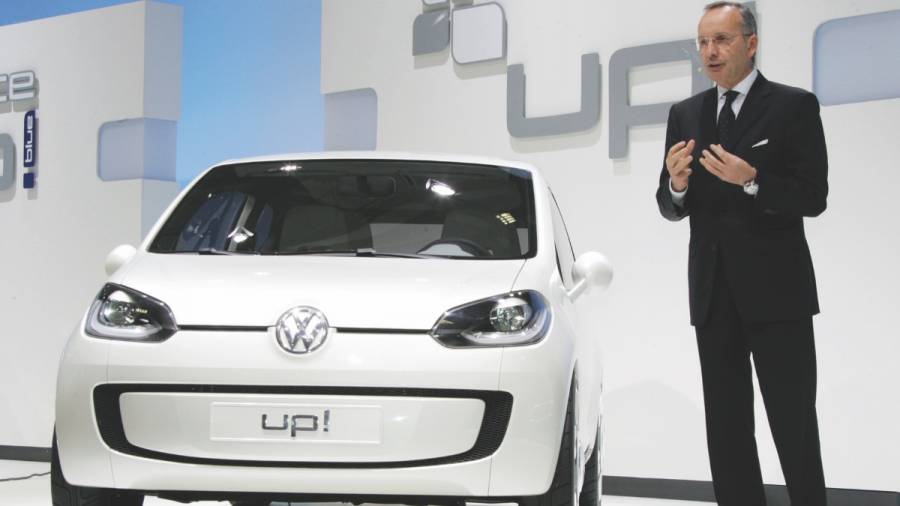
And while on one hand, the drop-dead gorgeous Lamborghini Miura concept was also his design, other one-offs like the Egoista concept are better left forgotten. With that many brands under his guidance, de Silva thought it time to take a step back, being 65 when the shock announcement of his retirement was made.
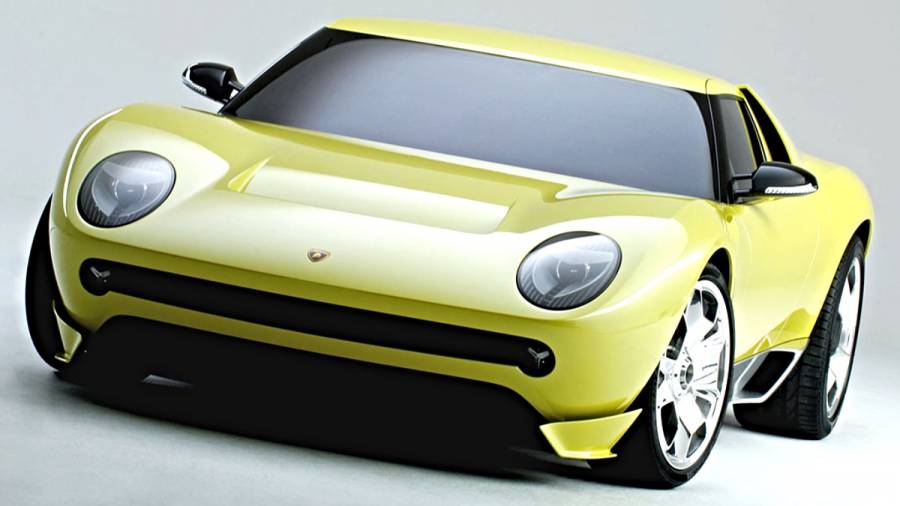
Walter de Silva Design
With over 40 years in the business, de Silva barely threw his feet up before embarking on a journey with his wife, to design women's footwear, specifically, footwear for the evening, when function and comfort aren't at as great of precedence. Stilettos, boots, they all used the same principles of elegance and timelessness, sometimes even borrowing from car design in the choice of materials used. Imagine a pair of carbon-fibre heels! But all is not lost.
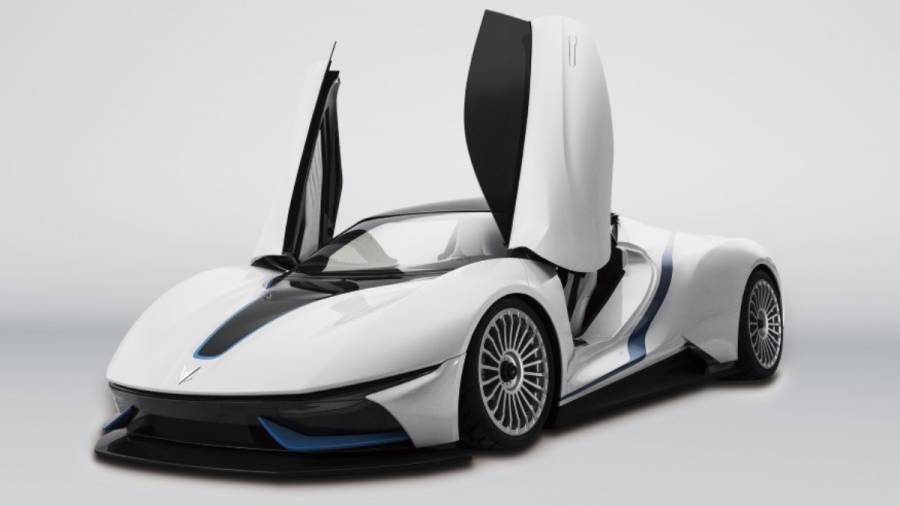
De Silva signed an agreement with EDAG, one of the world's largest independent engineering partners, to design electric cars for Arcfox, under the BAIC Group, one of China's largest auto makers. And while some of the newer designs from the brand aren't typical de Silva, the hope is that he gets back into the groove, for one last great. One that'll hopefully stay on streets for as long as the Polo has...
This article first appeared in the March 2021 issue of OVERDRIVE
Also read,
Auto Shanghai 2021: Walter de Silva-designed Hongqi S9 hypercar production form debuts
Related Stories
Top Stories
Latest Videos
Most Popular
- Budget Sportbike Showdown: Kawasaki Ninja 500 vs Aprilia RS 457 vs Yamaha YZF-R3
- 2014 Triumph Daytona 675 vs 2024 Kawasaki ZX6R - A Decade of Evolution in Supersport Motorcycles
- Mumbai-Pune Expressway speed restrictions updated
- Nissan Magnite EZ-Shift review - is the AMT any good?
- Nitin Gadkari states that tax on Hybrids should be reduced to 12 percent in the coming future
